Vision troubles? Most of us have them and are using certain visual corrections to view things properly. To overcome this, a group of scientist at the University of California Berkeley are developing a new display technology that can correct vision problems itself, so the user won’t have to wear eyeglasses during the time they spend in front of the screen. The technology, Still in its early stages, is a joint venture between researchers at MIT and Microsoft.
This technology uses software to adjust the intensity and direction of the emitting light particles from each pixel on the screen, based on the user’s eyeglasses configuration. Researchers also added a small pin-hole filter –a matrix of pinholes that measures 75 micron in diameter and is kept apart from each other by 390 micron gaps, to increase the sharpness of the image.
The research is to be presented at the international conference of computer graphics SIGGRAPH (Special Interest Group on Graphics and Interactive Techniques) in Vancouver, in August.
The research team believes that the technology can help millions of people who wear corrective lenses to work each day and also while using their digital devices. According to surveys, about 33% of the population in UK suffers from nearsightedness whereas in USA, 40% of the population suffers the same problem and in Asia, half of the population has vision trouble.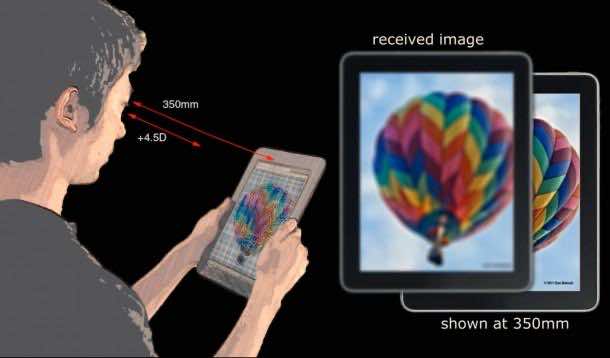
Recently, many projects have tried to overcome this problem, such as using computer screens to correct difficulties in sight. But according to the author of this recent study, “This offers significantly higher contrast and resolution compared to previous solutions.”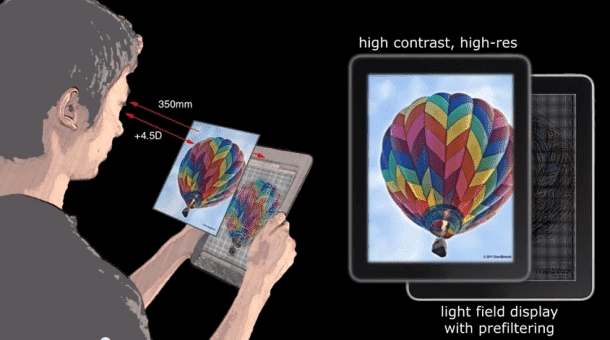
These two research teams from University of California in Berkeley and the Massachusetts Institute of Technology (MIT) got together and developed an algorithm that receives the configuration of the user’s corrective lens and adjusts the intensity of each point of light that is emitted by each pixel in an image.
“The significance of this project is that, instead of relying on optics to correct your vision, we use computation,” said lead author Fu-Chung Huang. “This is a very different class of correction, and it is non-intrusive.”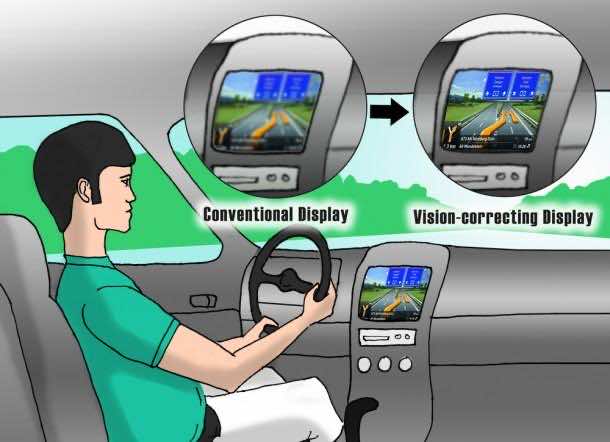
The researchers believe Huang’s idea, when refined further, could help people suffering from vision troubles that are difficult to treat. “We now live in a world where displays are ubiquitous, and being able to interact with displays is taken for granted,” said Professor Brian Barsky, the project coordinator at the University of California.
“People with higher order aberrations often have irregularities in the shape of the cornea, and this irregular shape makes it very difficult to have a contact lens that will fit. In some cases, this can be a barrier to holding certain jobs because many workers need to look at a screen as part of their work. This research could transform their lives, and I am passionate about that potential.”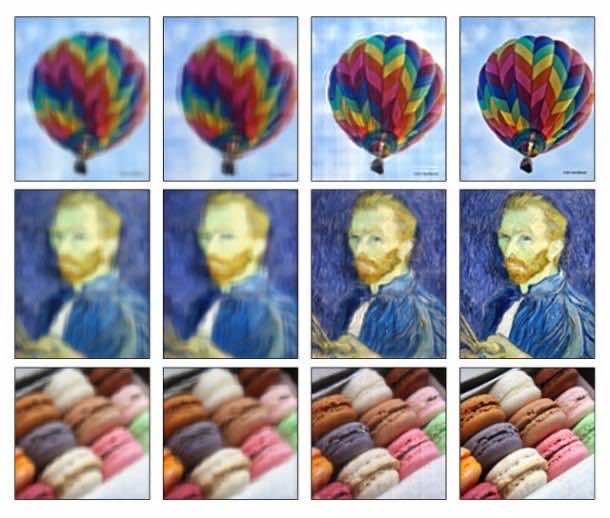
Even though this research is at an early stage, The Engineers working on this project believe it has a lot of potential and there are endless possibilities to it. They believe that they can eventually come up with a technology that can lead to multiple users with different vision problems, sharing the same screen, while each of them is viewing it clearly.

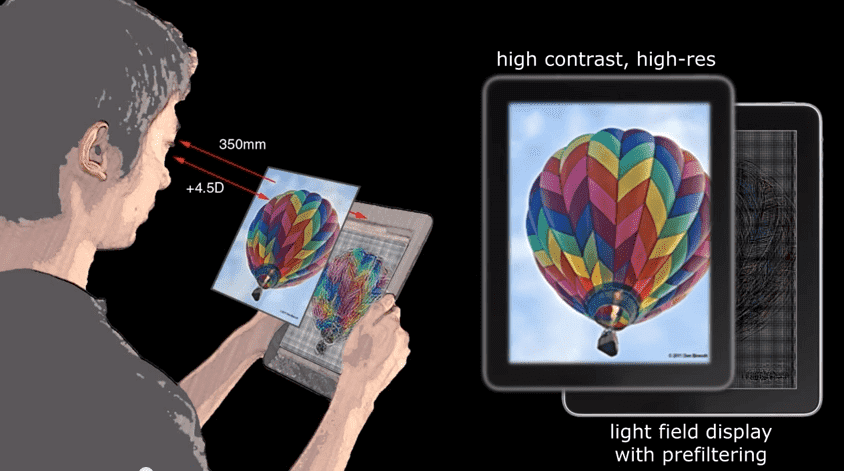

That is really attention-grabbing, You’re an excessively professional blogger.
I have joined your feed and look ahead to seeking more of your great post.
Additionally, I have shared your site in my social networks